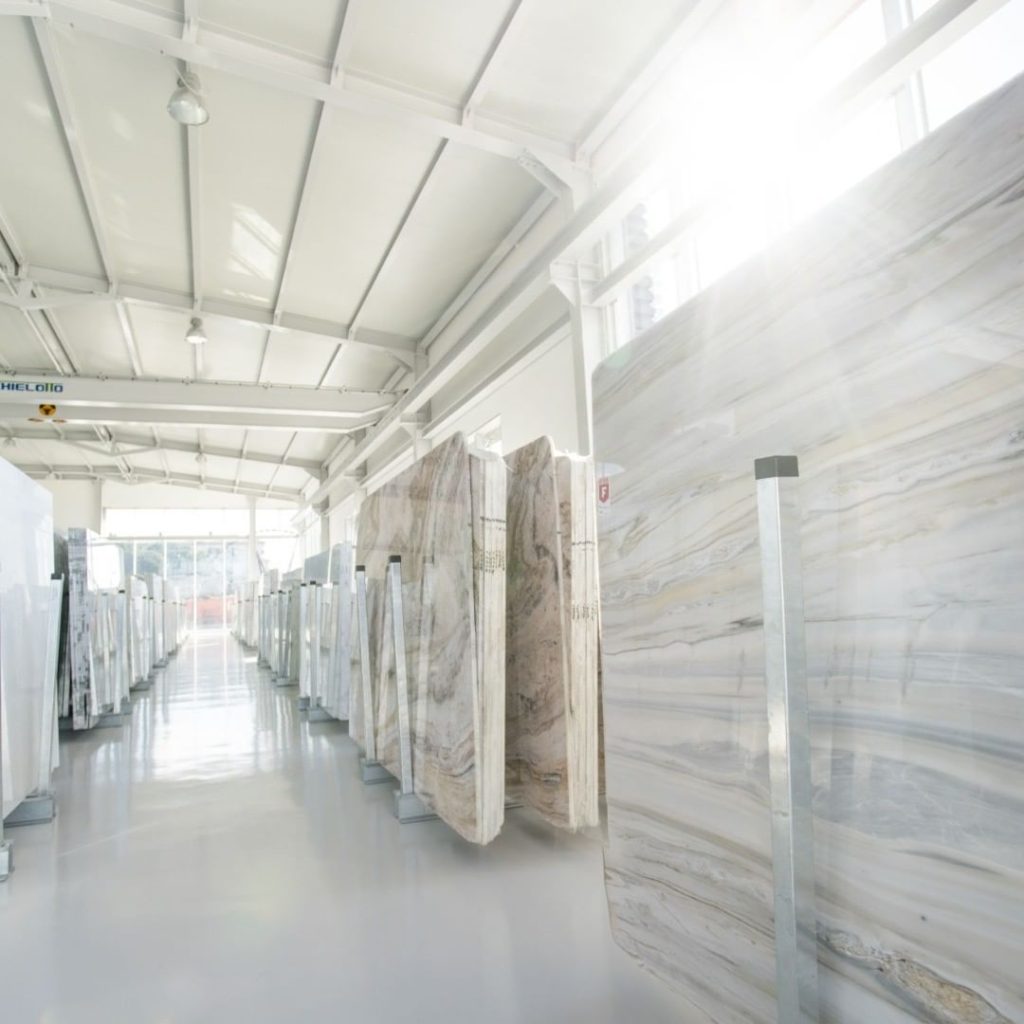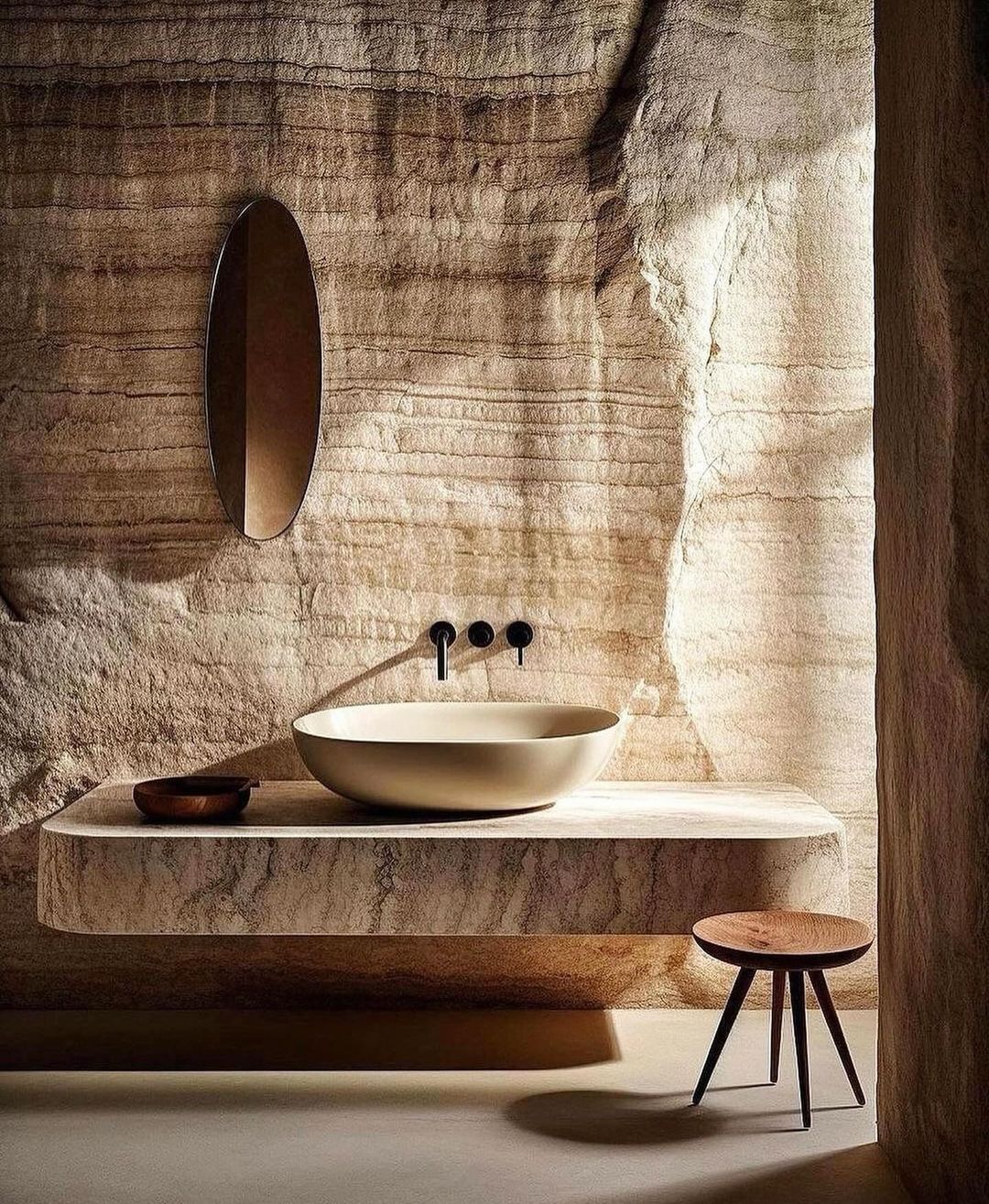1. My Journey with Marble: A Love Story
There’s something about marble that has always drawn me in. It’s a pull that I feel on such a sensory level that I’ve often tried to put words to it but never quite succeed. Marble, to me, is like touching a piece of the earth’s memory. Every time I encounter a it, I feel a need to touch that marble slab—to trace the veins that run through it like rivers in a map.In that moment, I’m reminded of how rock is as much a part of the earth’s living texture as soil, water, or wood. Marble reminds me of childhood nature walks, where I would go often to feel connected to the earths s essence.
The cool, solid feel of marble makes me think of Michelangelo and how he found figures hidden within marble slabs. The story of Michelangelo’s almost mystical relationship with marble is one I always hold in my heart. His reverence for the stone—an almost sacred appreciation for the material—has inspired me to seek out and cherish pieces that are crafted with equal care and respect.

2. The Sensory Appeal of Marble: Why It Draws Us In
Marble is not just a visual delight; it calls to all our senses. It is smooth and cool to the touch, with subtle fragrances that hint at its deep, earthen origins. The natural veining, the way light moves across its polished surface, and its sheer weight—each element pulls us into an experience that feels grounding and serene.
When we bring marble slabs into our spaces,on our floors or in our bathsrooms, it’s as if we’re bringing a piece of the earth’s deep-rooted strength and beauty inside with us. This timeless, grounding quality makes it an ideal material for those of us drawn to biophilic design principles, where materials connect us to nature even within the walls of our homes.
3. What Makes Marble a Noble, Sustainable Choice?
For centuries, marble has been a symbol of nobility and permanence, chosen for monuments, sculptures, and architectural masterpieces. But today, as we think more about sustainability, it’s essential to know where this beautiful material comes from and how it’s managed from quarry to installation. Choosing “sustainable marble” means respecting the land it comes from and ensuring that its extraction and processing are handled responsibly.
Unlike materials that are heavily industrialized or treated with synthetic processes, this materials’s journey is one of minimal alteration. A marble slab is, at its core, raw and authentic—reshaped by craftsmen but not altered fundamentally. Sustainable marble is a choice that values both artistry and environmental respect, where the beauty of each slab is a tribute to nature.

4. Responsible Quarrying: Essential Guidelines for Sustainable Marble
For marble to be truly sustainable, quarrying practices must be carefully managed. Here are some of the guidelines that help ensure sustainable marble extraction:
4.1. Environmental Impact Assessments (EIA) An EIA is crucial in identifying and mitigating the potential impacts on local ecosystems before a quarry begins its operations. This assessment is an important step in protecting natural habitats, water sources, and air quality.
4.2. ISO 14001 Certification Quarries certified to ISO 14001 have adopted environmental management systems that minimize pollution, reduce waste, and responsibly use resources. This international standard assures us that the marble we choose respects ecological balance.
4.3. Worker Safety and Ethical Labor Practices Unfortunately, exploitation in the stone industry does occur, especially in developing regions. By choosing suppliers who adhere to **Sedex Members Ethical Trade Audit (SMETA)** or similar standards, we can ensure ethical labor practices, fair wages, and safe working conditions for quarry workers.
4.4. Resource Efficiency and Waste Reduction Many quarries now work to reduce waste by repurposing offcuts and finding ways to use marble dust in other industries. Choosing companies that embrace resource efficiency is a way to support a less wasteful and more sustainable marble industry.
4.5. Community Engagement and Social Responsibility Sustainable quarrying practices include engaging with local communities and offering employment and training opportunities, ensuring that the benefits of quarrying extend beyond immediate profit to local economies and the preservation of cultural landscapes.
For those interested in learning more about these sustainable quarrying practices, websites such as [Natural Stone Council](https://naturalstonecouncil.org/) provide excellent resources and guidelines that are used globally to manage stone extraction sustainably.
5. Certifications and Standards to Look For
While many companies tout “sustainability” as a key value, certifications provide concrete proof of their practices. For marble, the **FSC®** (Forest Stewardship Council) equivalent is not widely standardized yet, but there are certifications that still set strong guidelines for ethical practices. Here are some to keep in mind:
– ISO 14001: As mentioned, this standard is essential for environmental management. – CE Marking: This is especially relevant for marble imported into Europe, as it indicates that the product meets high environmental and safety standards. – Ethical Trading Standards: Look for quarries that are SMETA-audited to verify their commitment to safe, ethical labor practices.

6. Marble in Biophilic Design: Connecting Nature to Home
Following the principles of biophilic design, materials like marble have an almost transcendent power to bring natural elements into our spaces. The rich veining of a marble slab mirrors the organic patterns found in nature, creating a visual harmony that calms and centers. Choosing marble responsibly lets us enjoy its beauty without compromising our commitment to the environment.
Following the principlles of Biophilic design we celebrate natural materials, lighting, and shapes to bring a sense of well-being into our living spaces. Marble’s grounding effect, natural colors, and patterns connect us deeply to the earth, making it a powerful material for fostering well-being and connection to nature at home.

7. Choosing Marble Slabs Responsibly: A Personal Approach
When choosing a marble slab, it’s about more than just looks. Each slab tells a story of the land it came from and the people who helped bring it into our spaces. Selecting sustainably sourced marble is about finding pieces that resonate with our ethics and values, pieces that embody both strength and grace. For those of us who feel a deep connection to natural materials, choosing sustainable marble allows us to bring beauty into our homes without losing sight of what matters most.
Bringing It Full Circle: My Story with Marble and Sustainable Choices
When I look back to my story with marble—my early encounters with stone, and Michelangelo’s reverence for the medium—it reminds me why I care so deeply about where our materials come from and how they’re sourced. Marble feels like a piece of the earth’s soul, a blend of strength and tenderness, calling us to connect with nature and respect the environment in equal measure.
The beauty of marble is timeless, but our approach to it need not be antiquated. By choosing sustainable marble, we not only honor the land but also the legacy of craftsmanship and the earth’s enduring strength. So next time you see a piece of marble, I invite you to pause, to touch, and to remember that this material—while strong and beautiful—is also a call to protect the world that makes it possible.
gear Up for the new year with some suggestions from out magazine Start your 2023 Biophilic design year with your entrance
